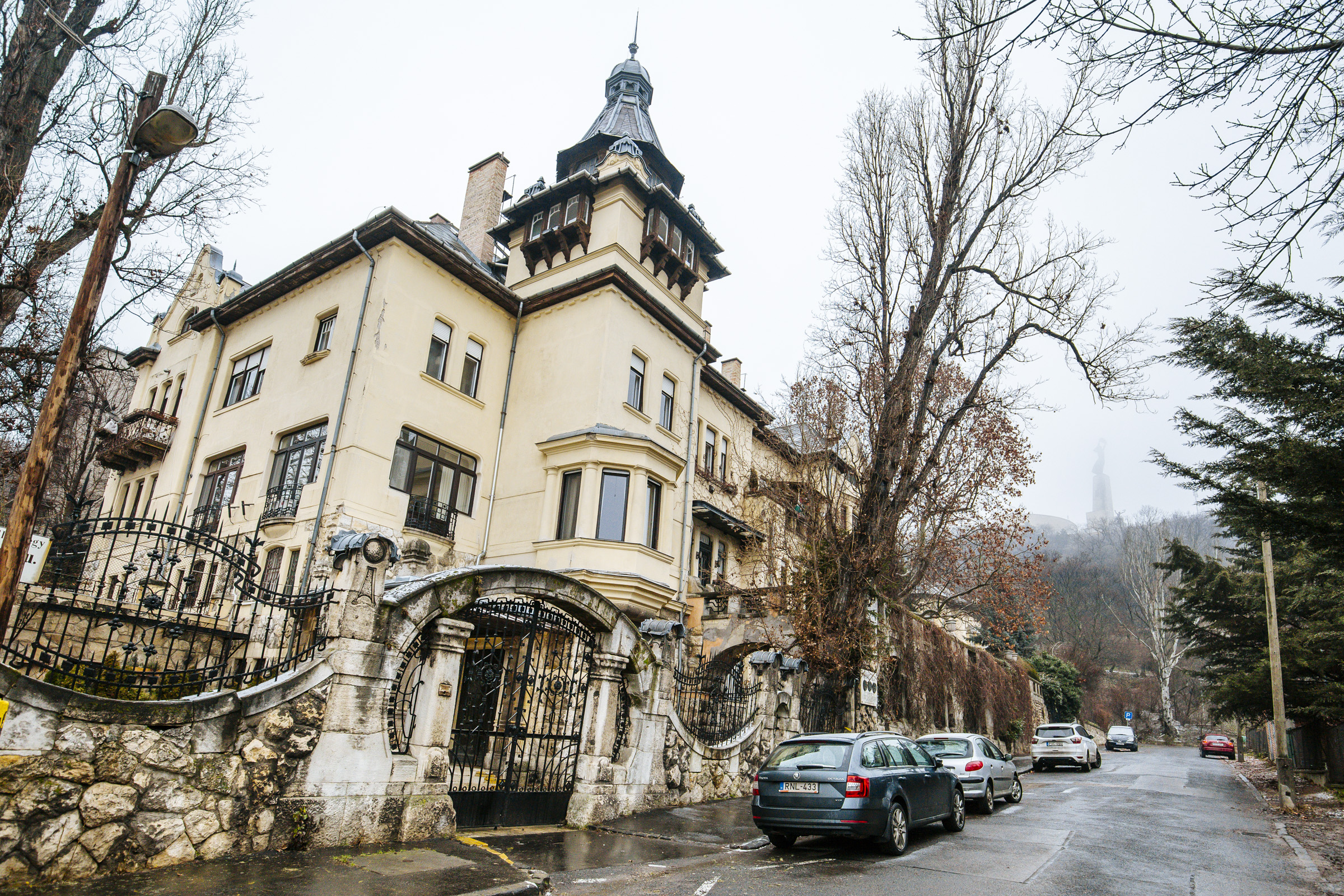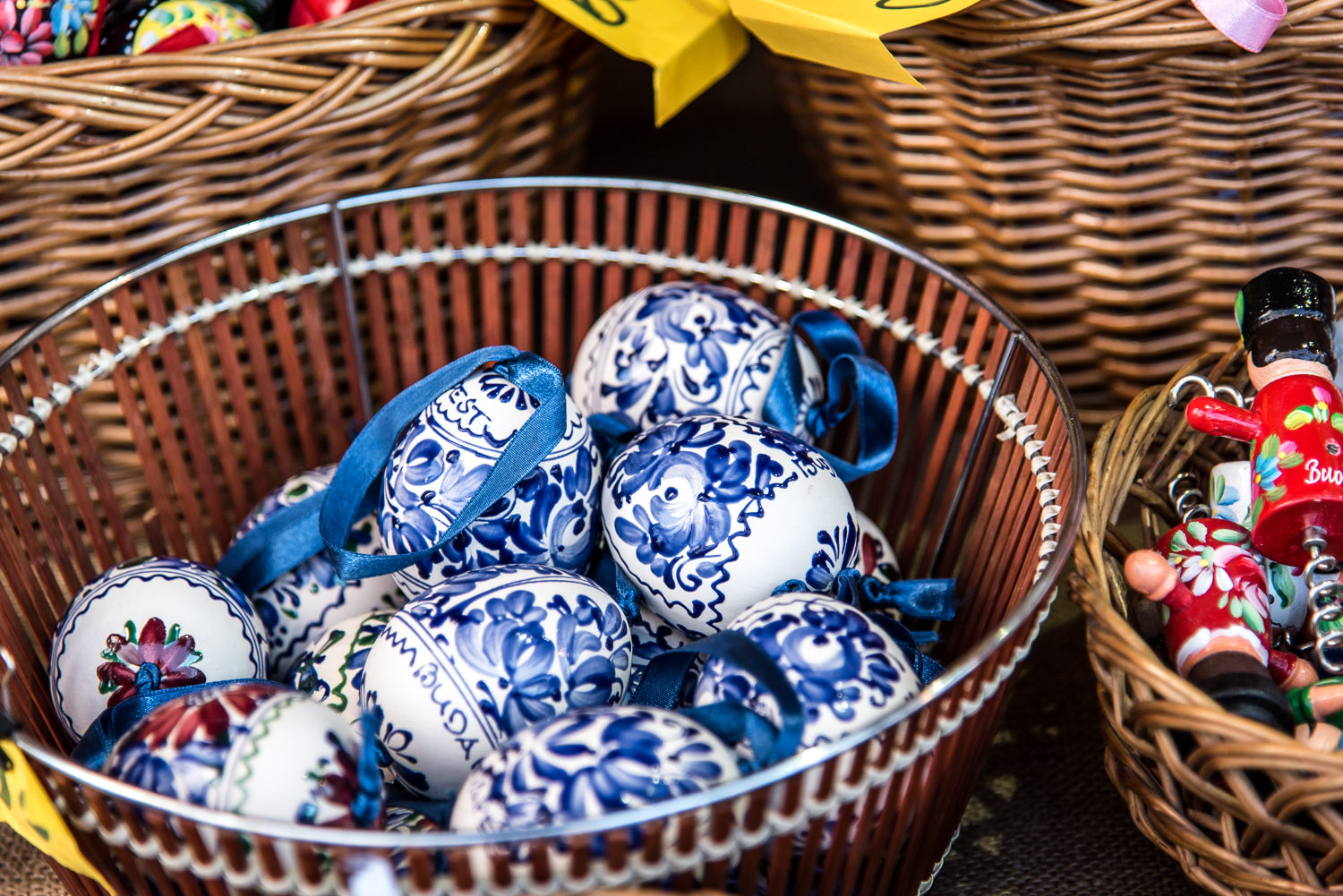The steep, craggy façade of Gellért Hill facing Pest softens when turned towards Buda. Until the end of the 19th century, here were mainly vineyards, all destroyed by the phylloxera epidemic. Street names such as Szüret (‘Harvest’), Serleg (‘Goblet’) and Somlói (‘Somló’, a wine region north of Balaton) echo this heritage.
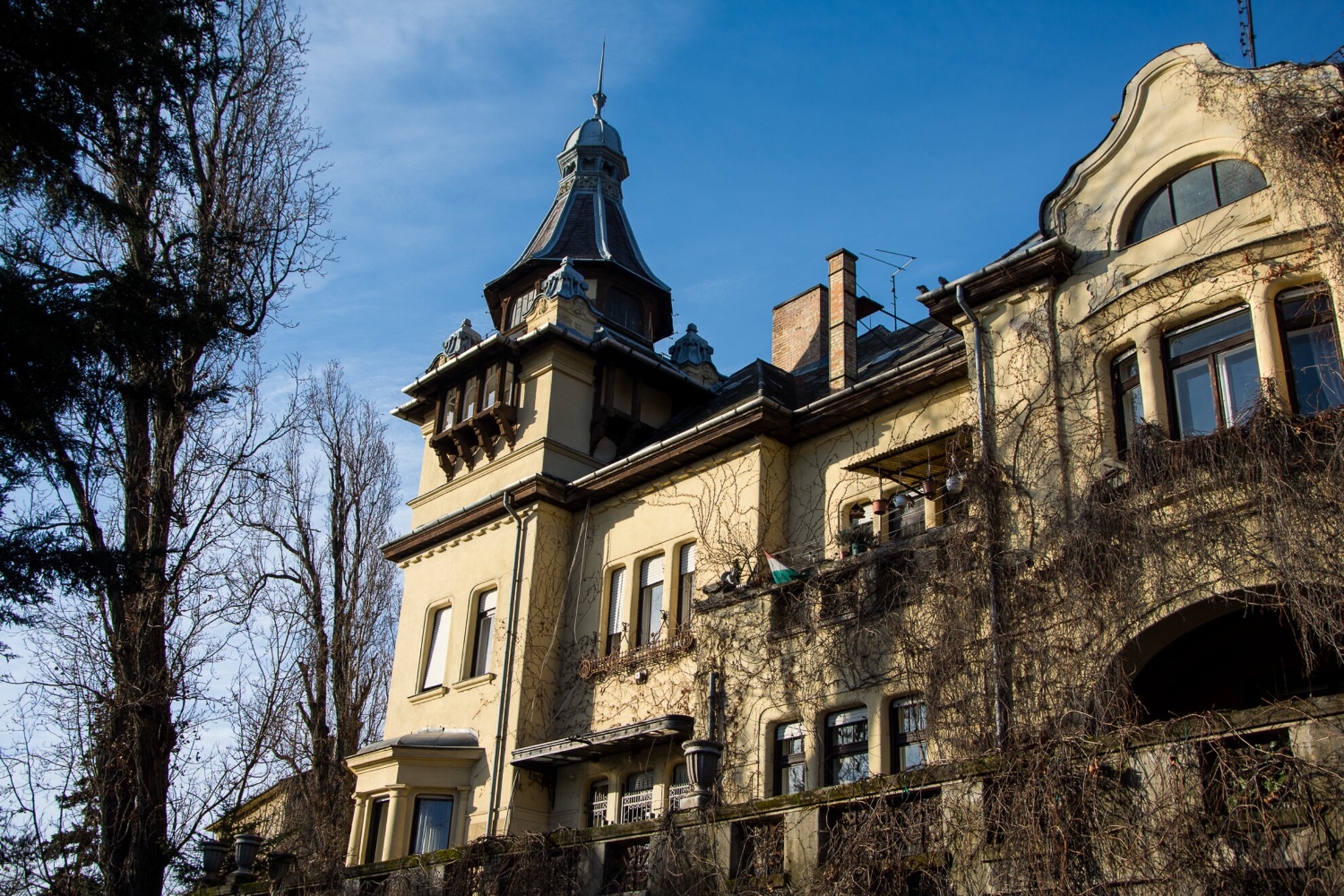
Around these empty plots, construction began and the hillside became extremely popular with the well-to-do of the day. Fresh air and a wonderful panorama so close to the city centre not only encouraged old aristocratic families to build smaller or larger villas here, but artists, industrialists and intellectuals all relocated.
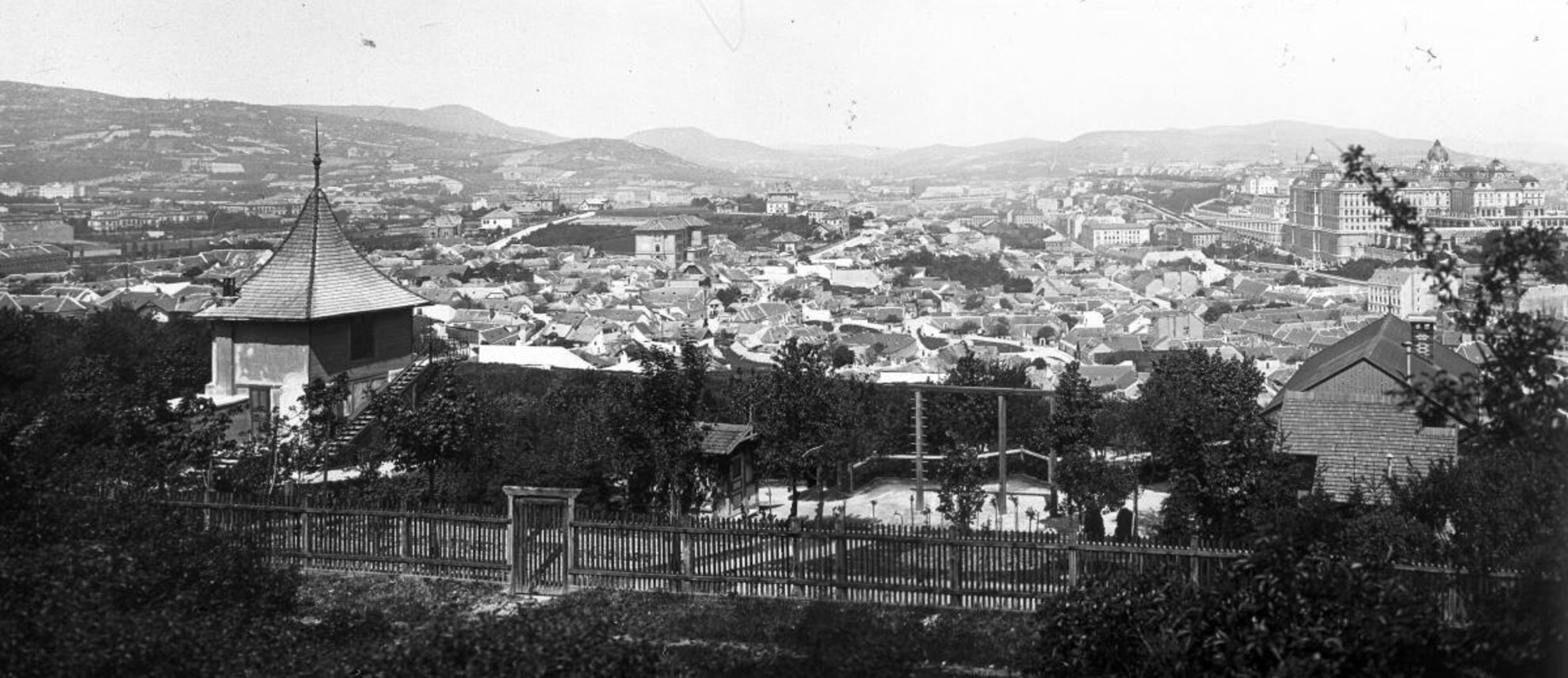
As these mansions are dotted around the hill, a walking tour past all of them would take the best part of a day. It can also be divided into two parts: one behind the statue of St Gellért overlooking Elizabeth Bridge, the other in the shadow of Citadella more towards Liberty Bridge, behind the Gellért Hotel. Linking these two routes means either skirting the leafy part of Gellért Hill along Kelenhegyi út or crossing over it via the pathways leading to or from Citadella. Alternatively, you could do the first four one morning and the last five the following day.
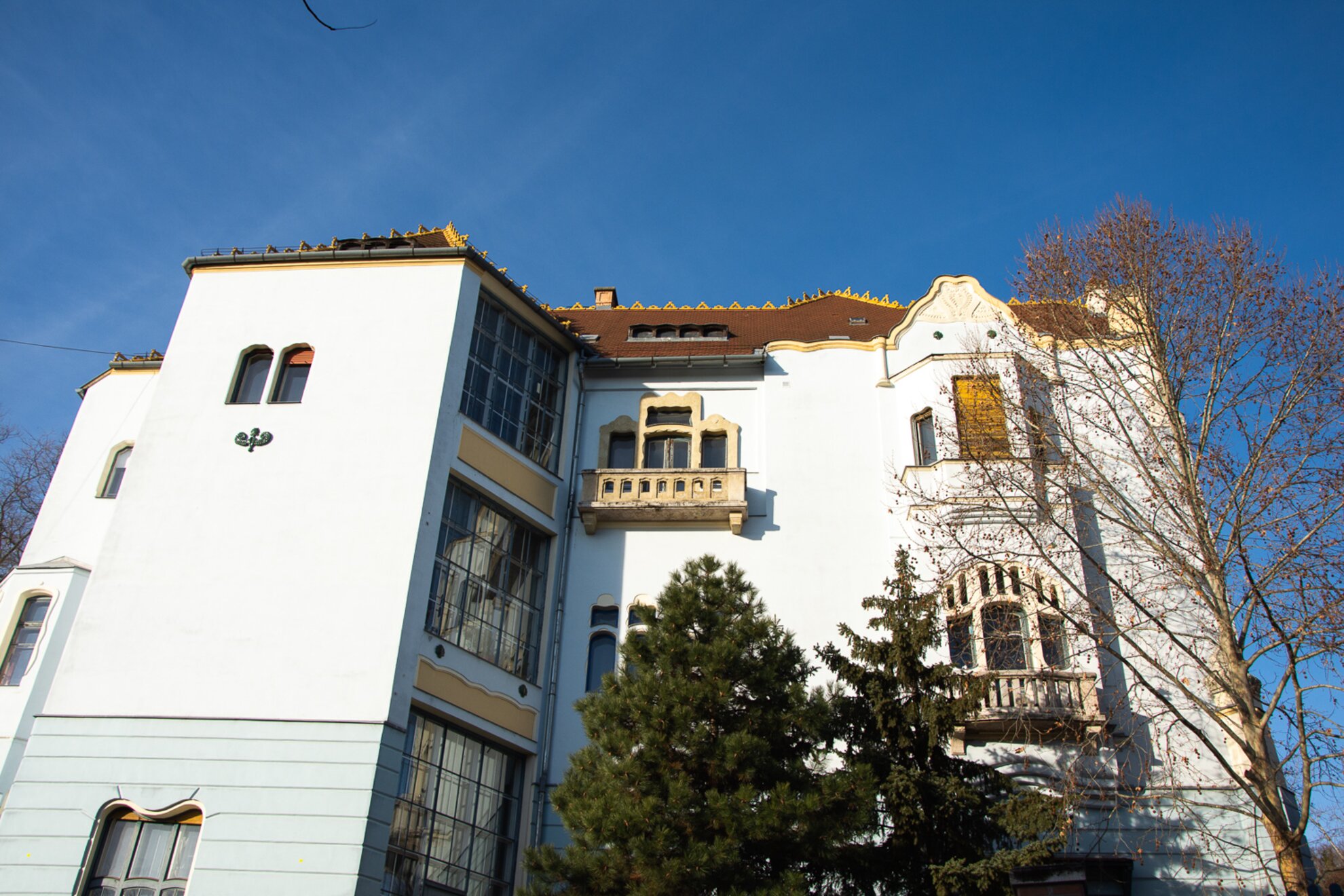
Winter is the only season when, without bushy trees to block the view, you can admire these classic mansions in their full glory, in styles ranging from Genoese Renaissance to Art Nouveau.
To start, take bus numbers 8 or 112 from Blaha Lujza tér, Astoria or Ferenciek tere and alight at the top of Gellért Hill at Sánc utca. Head down the street of the same name, keeping Philosophers’ Garden to your left.
Janda Villa

Opera musician and an artist at the National Theatre, József Janda had this villa built for himself and his wife. Constructed in 1901, the one-storey eclectic mansion continued to be passed down through the family until the present day. Here they live or rent the house out for the summer or whole year.
An interesting story about the building is that when Budapest magazine asked their readers in 1981 to find the most beautiful Venus de Milo statues in the capital, few peered over the fence of this building… Yet here, the then owner, József Kovács, chairman of the Sculpture Master’s Examination Committee, had one of the most perfect replicas of the famed work.
District I. Sánc utca 9
Hegedűs Villa
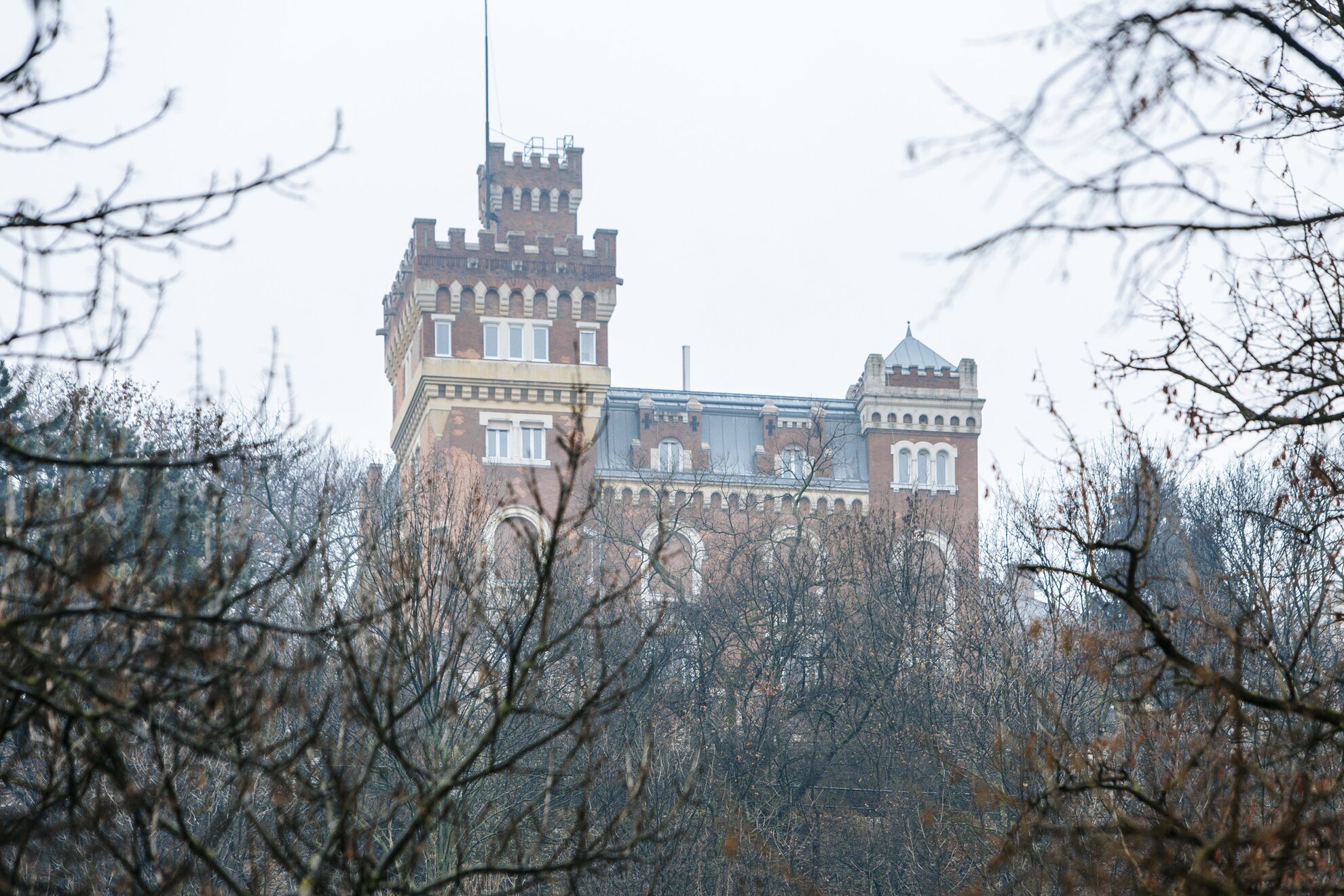
This red-brick landmark is just as much part of the cityscape as the Citadella statue rising from the top of the hill. This almost fortified-looking edifice with its huge tower was referred to by the family who lived here in the 1990s as the ‘House of the Foolish Architect’.
Although the statement was not entirely accurate, they were not too far from the truth. Frigyes Schoch, was a person of great influence in the late 1800s, a wealthy stock-market speculator and a well-to-do real estate magnate.
During a grand tour, he admired a Renaissance villa on a hill outside Genoa, the exact replica of which he decided to build here on the banks of the Danube. Originally designed as a twin villa, it was abandoned due to the outbreak of the World War I in 1914 and the Schoch’s bankruptcy in 1923.
Schoch was an avid amateur photographer, and many of his images can be found in the collection of the Fortepan open archive, including detailed documentation of the villa’s construction – though not a single one of this erstwhile gentleman of Gellért Hill. Later, the painter László Kandó, and then the renowned Dr Lóránt Hegedűs (politician and minister of finance in the Teleki and Bethlen governments between the wars) moved in. In more recent years, famous Hollywood film producer Andy Vajna was also a resident.
For the best view of the house, turn left into Orom utca and walk 400 metres towards the river. To continue the tour on nearby Bérc utca, the slope down is very steep, with no steps, so walk back the way you came, turn left down Sánc utca then left again at the Vuk playground into Bérc utca.
District II. Orom utca 4
Haggenmacher Villa
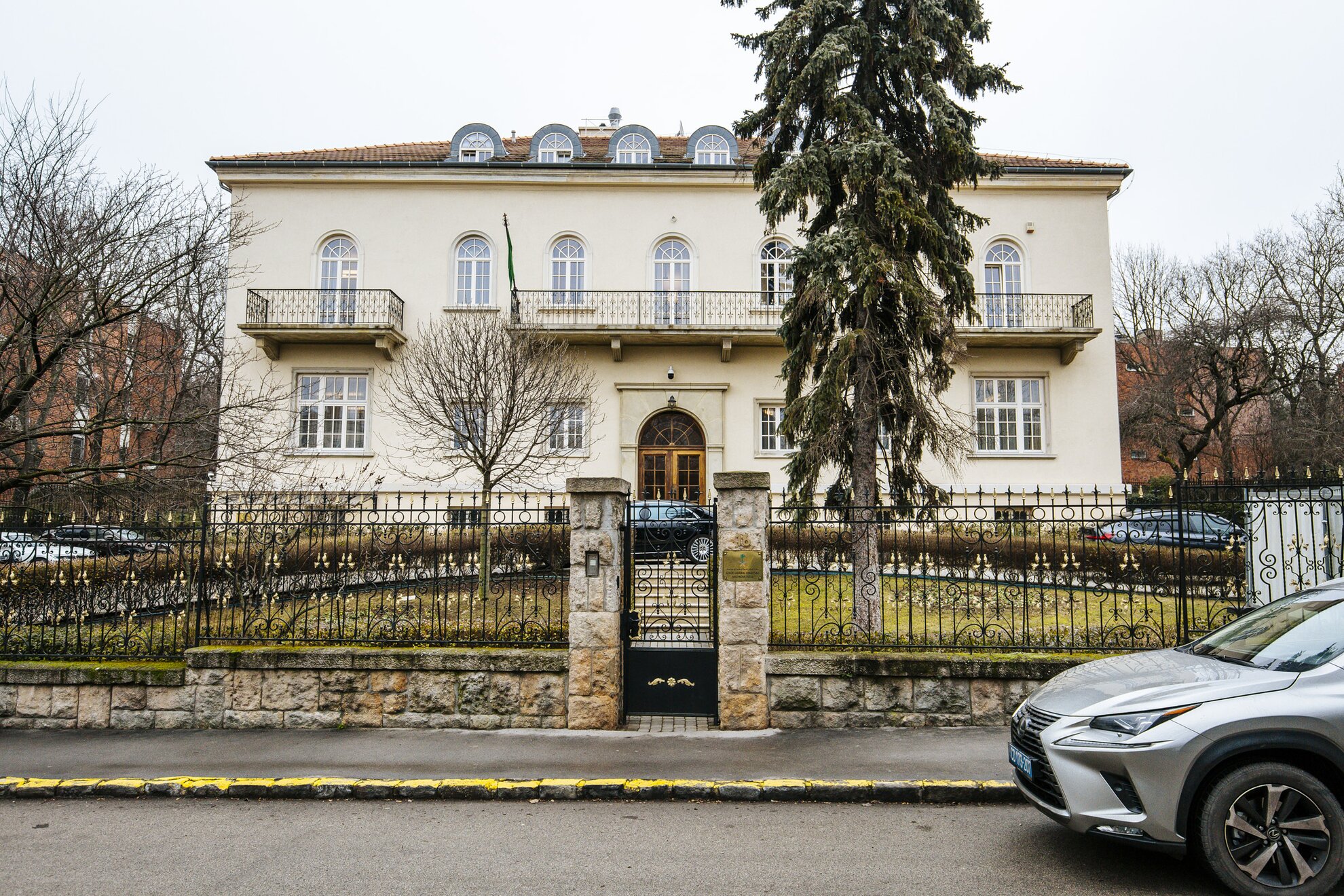
This modestly elegant villa hides a heart-warming story. It was built by Otto Haggenmacher, whose grandfather Henrik laid the foundations for the domestic beer industry. The family had settled in Hungary from Switzerland founded the Kőbánya Brewery, which then merged ubiquitous brand Dreher.
The villa was completed in 1939. During World War II, it was one of the first Red Cross orphanages, created by Lutheran Gábor Sztehlo to protect Jewish children and their families, sheltering 30 youngsters in the Haggenmacher household. Today the building is home to the Saudi Arabian Embassy.
District I. Bérc utca 16
Vida Villa
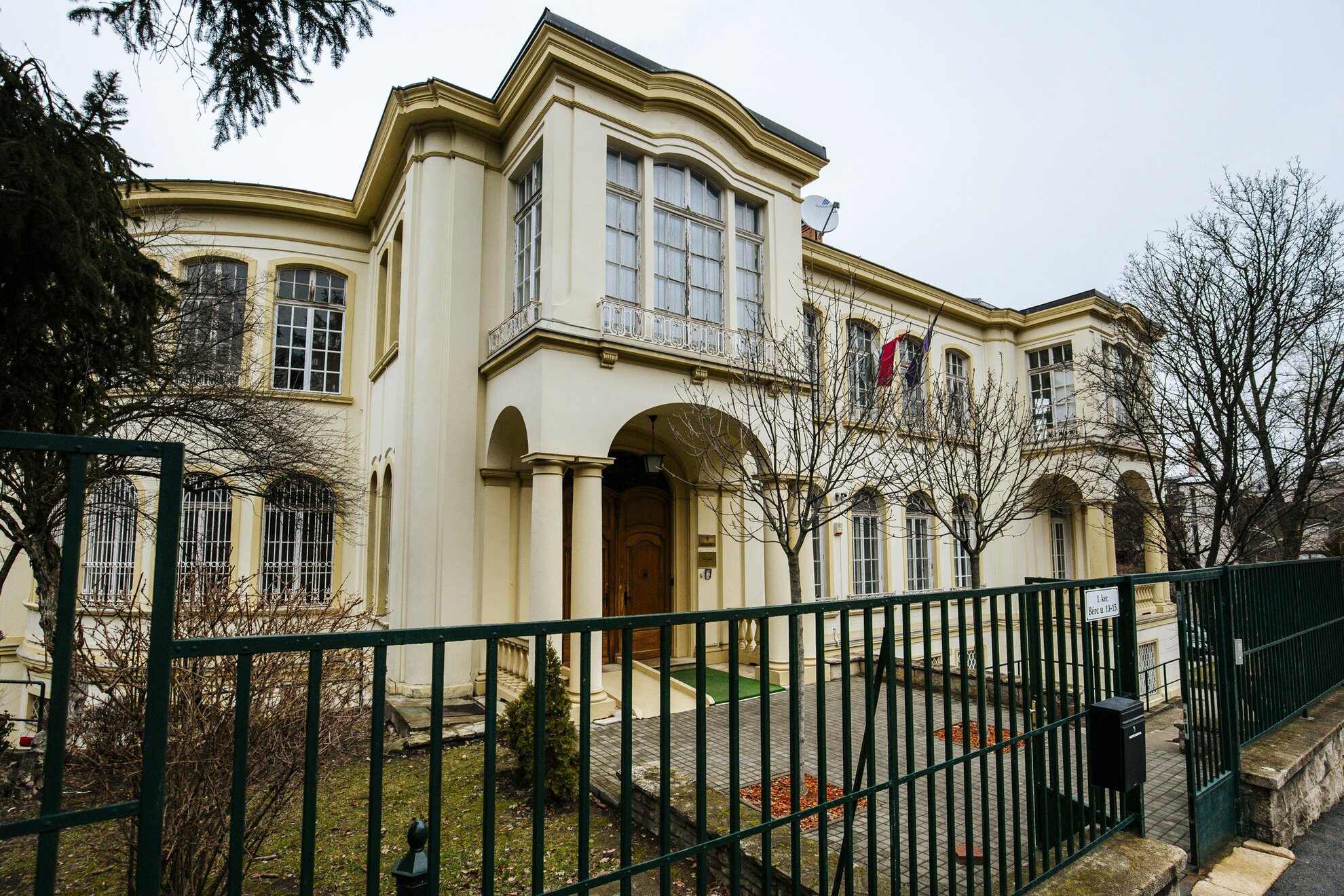
Another war-time saga unfolded within the walls of the Vida Villa, further along Bérc utca. This Neo-Baroque villa was designed by Béla Málnai, one of the most brilliant Hungarian architects of the early 20th century. He studied under the biggest names in Hungarian Art Nouveau, Ödön Lechner and Béla Lajta, and became one of the pioneers of Hungarian Modernism, making a small detour in the 1920s to suit the tastes of the upper classes.
The villa was commissioned by the son of a poor shoemaker, Jenő Vida (born Weil). Thanks to his extraordinary business sense and thirst for knowledge, he rose rapidly to the top of the social ladder, and by the 1930s, he was among the 50 richest men in the country. Despite the prevailing laws limiting Jewish participation in public life, he became the trusted right-hand man to pre-war Hungarian leader Miklós Horthy, and his economic adviser.
His contacts would do him little good, though. In 1944, two days after the German takeover, his house was stripped and he, his wife and his son-in-law were taken to Auschwitz. Meanwhile, Otto Winkelmann, commander-in-chief of the Waffen SS in Budapest, moved into the elegant property, from where the deportation of domestic Jews was directed. Legends still circulate about secret tunnels and hidden treasures dug inside the mountain, but no evidence has been found. The villa fell into ruin during the Siege of Budapest in January 1945, and during the Socialist era, student lodgings were created in the renovated building. Since 2011, the Hungarian Institute for Foreign Affairs & Trade has been based here.
District I. Bérc utca 13-15
Megyaszay Memorial House
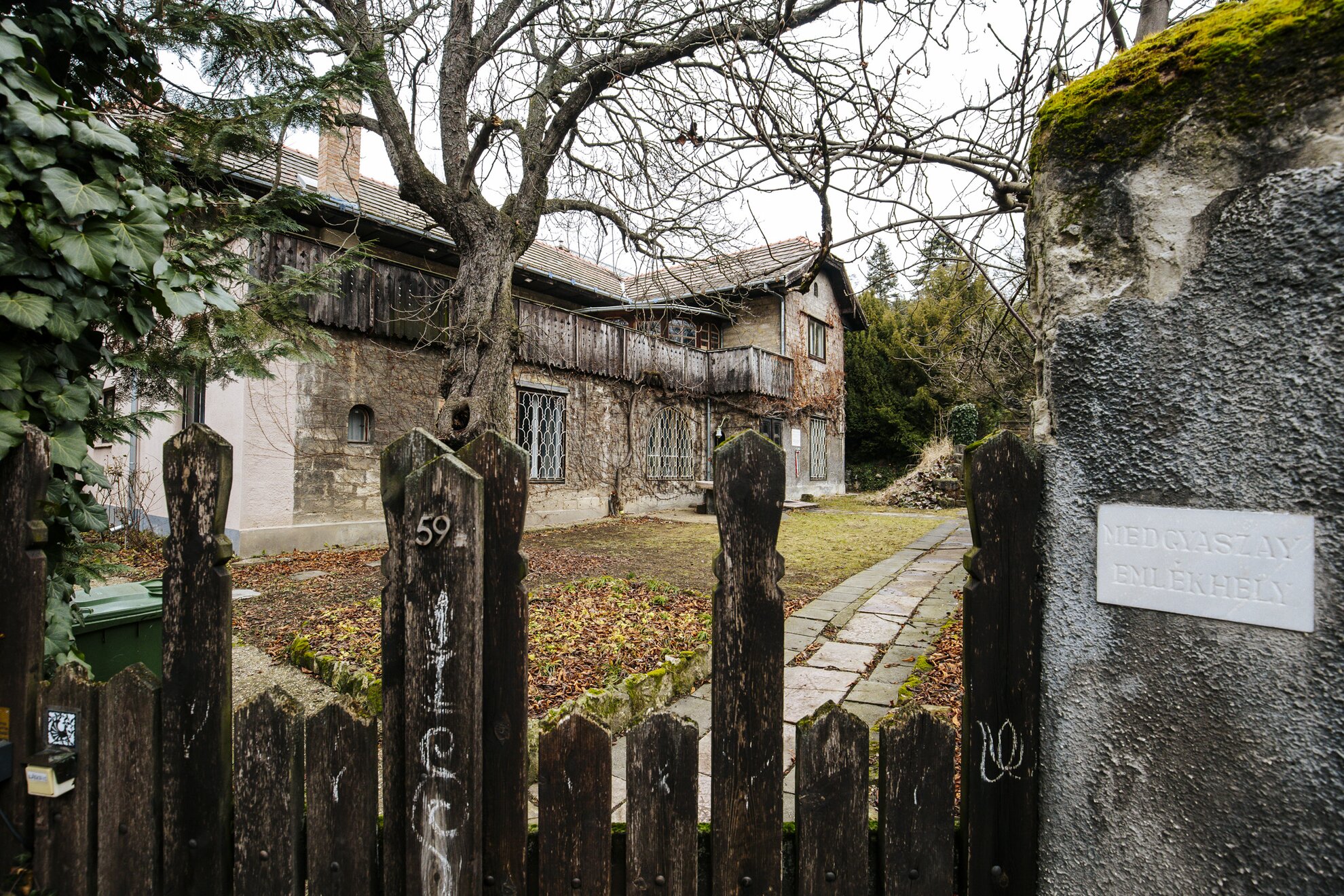
Arguably the most unique hidden stop on the Gellért Hill tour, this one is also the furthest to reach. From Bérc utca, head for the Busuló Juhász restaurant, where Szirtes út and Kelenhegyi út meet. From there, it’s a 15-minute walk via Citadella út and Serleg utca or five stops on bus number 27, directly from the Busuló Juhász to Ménesi út.
The Medgyaszay Memorial House is found on a narrow spur of Ménesi út parallel to Serleg utca. István Medgyaszay was one of the most prominent Hungarian architects of the 20th century, although his great ideas were suppressed by the political will of the day. His work was influenced by Transylvanian architecture, as well as ancient Eastern and Indian arts. He pioneered in combining reinforced concrete technology with folkloric design elements. One of his most popular concepts is also related to Gellért Hill: the drafts for the planned, monumental National Pantheon won a number of architectural acknowledgements, while the Baár-Madas all-girls’ secondary school is one of his better-known completed structures.
The Memorial House also stands out from the elegant and extravagant villas already mentioned because of its particular balconies once painted blue, the natural shapes and the fine use of materials. It holds the architect’s archive, overseen by his descendants.
District I. Ménesi út 59B
Bayer Villa
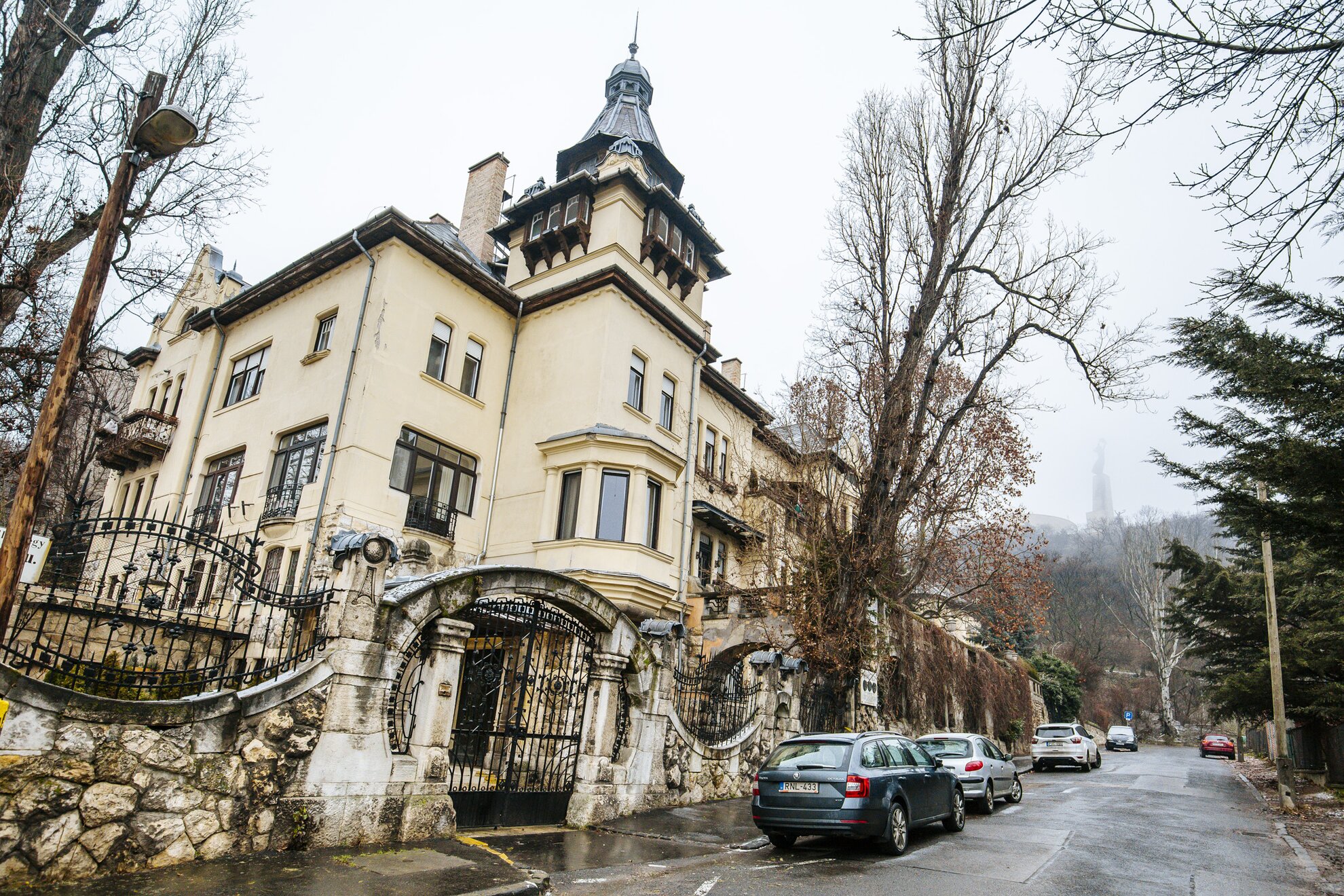
On the same side of Gellért Hill, a 15-minute walk away (the 27 bus to Kelenhegyi lépcső will take you halfway there), the Bayer Villa on Minerva utca is more fairy-tale castle, with its dizzying towers and wild vineyards. It was built according to the plans of Guido Hoepfner and Géza György in 1905, and named after pharmacist Dr Dezső Bayer-Krucsay, a coincidence, as he is not linked to the world-renowned German drug company Bayer.
Bayer’s most successful drug in Hungary was a laxative tablet called Purgó, but Dr Bayer not only excelled in the pharmaceutical industry, he also served as a diplomat and Swedish consul from 1910 until his death.
The Swedish embassy moved into the building, as the plaque on the fence points out. While Nazi commander-in-chief Otto Winkelmann was on the other side of Gellért Hill working on the deportation of domestic Jews, famous Swedish diplomat Raoul Wallenberg was trying to organise their rescue.
In the next villa lived Mary Zwack, who survived the war, as did other members of the clan behind the iconic Unicum liqueur brand, including its later long-term CEO Péter Zwack, then still a young man.
District I. Minerva utca 3
Rosenfeld Villa
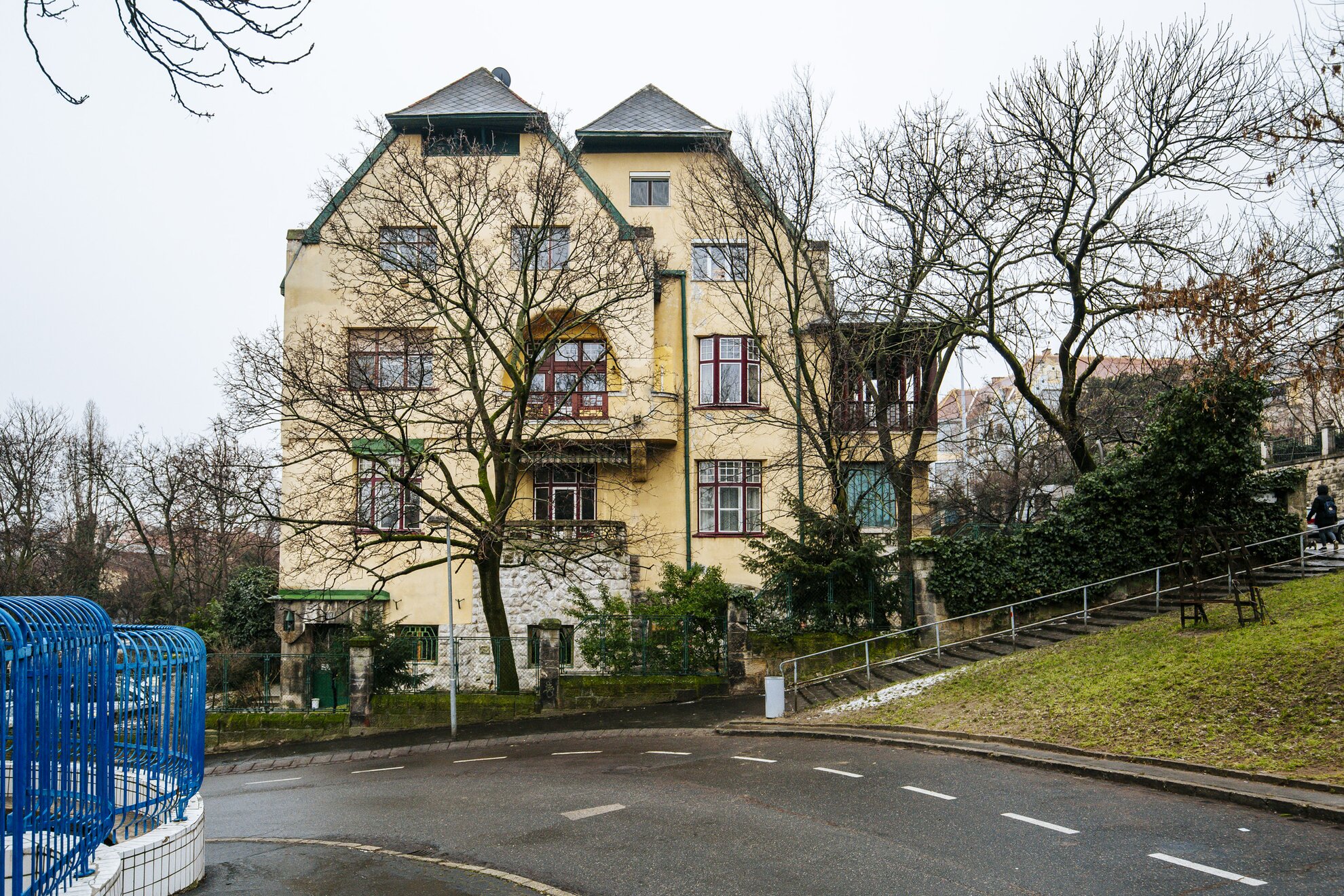
Following Kelenhegyi út round, almost at the top corner of the Gellért Baths, you arrive at one of the few but most fascinating apartment buildings in the area.
The huge pale yellow block on the corner of Kelenhegyi út and Kemenes utca was designed by Emil Vidor, responsible for the Bedő House on Honvéd utca, also known as the Hungarian House of Art Nouveau, and the castle-like property on Városligeti fasor towards the City Park.
The notable feature of the building is the porch facing Kelenhegyi út, reflecting Eastern influences, and the ingenious architectural solutions which, despite the robust nature of the building, were able to preserve the fine lines characteristic of Art Nouveau.
District I. Kelenhegyi út 6
Művészház
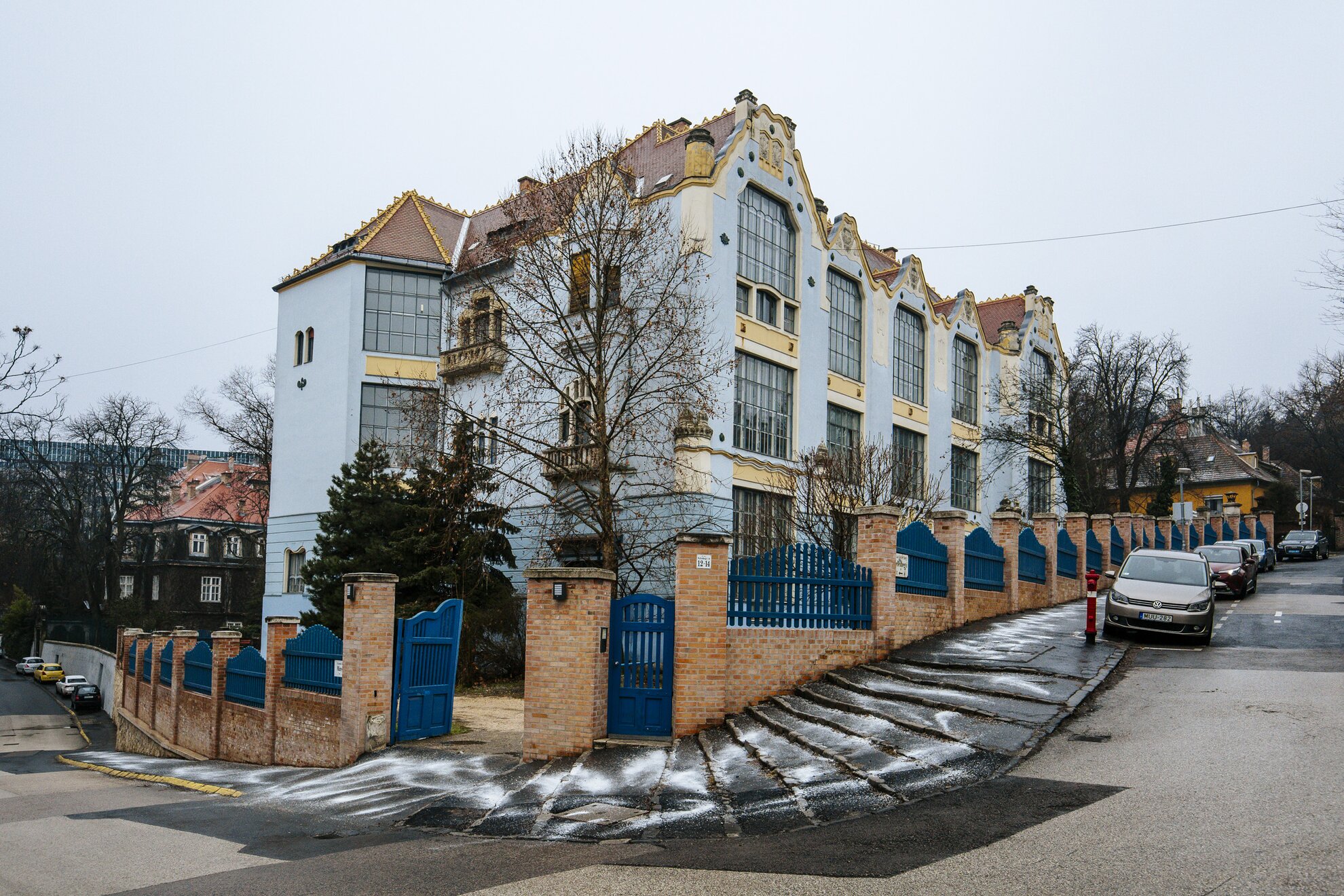
The imposing blue ‘House of Culture’, also known as the Studio House at the intersection of Kelenhegyi út and Mányoki út, is probably one of the best-known Art Nouveau buildings of its kind, instantly recognisable from its huge windows and distinctive colours.
The building was designed by Gyula Kann, who later lived his creativity as a painter. Renowned Hungarian artists Viktor Madarász, Béla Czóbel and József Rippl-Rónai all lived and created here.
It’s worth taking a look at the exciting window shapes, the Zsolnay pottery lining the roof saddle, and the back facade, hidden by the huge foliage in summer, while walking down Mányoki út.
District I. Mányoki út 1
Wenckheim Villa
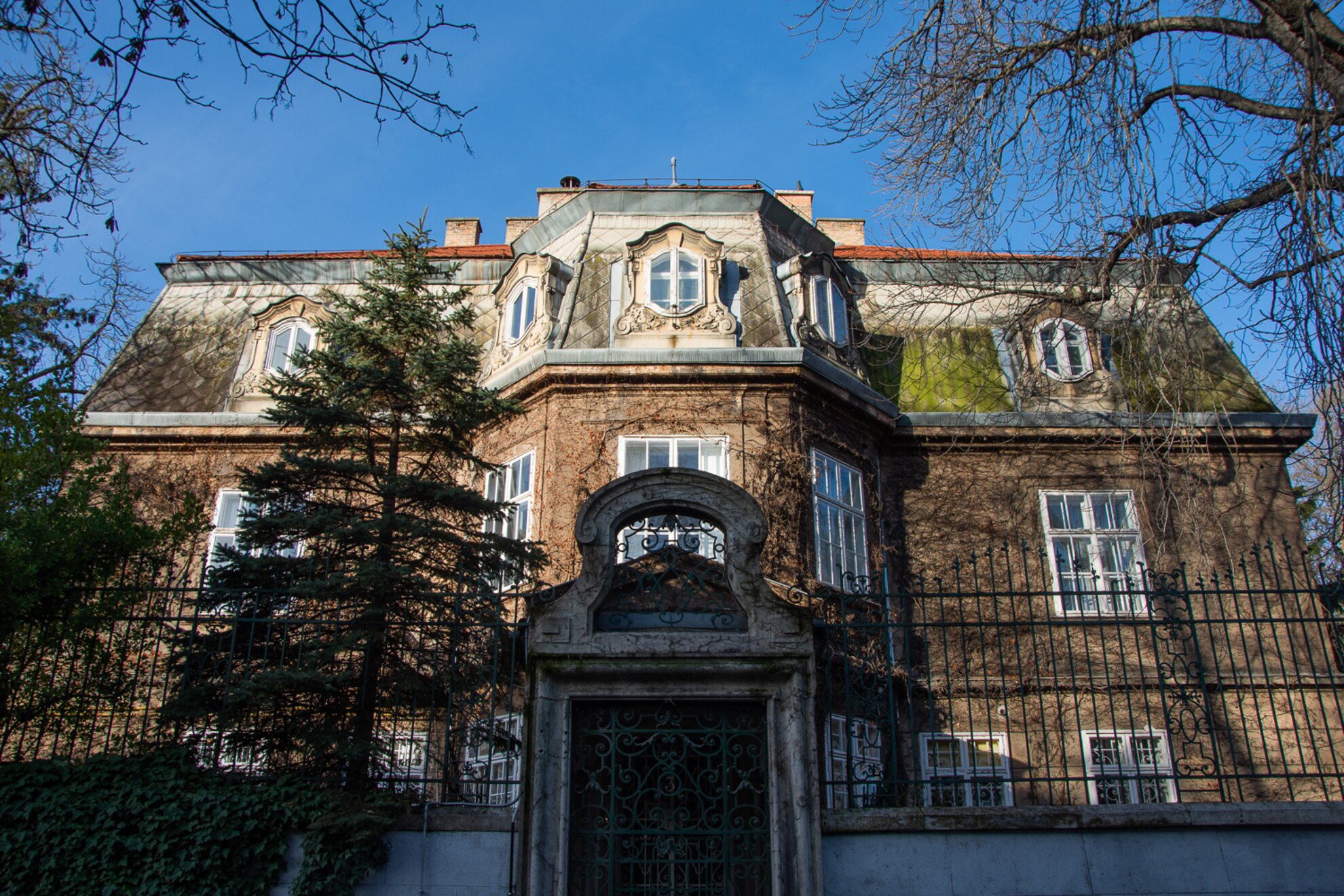
It’s easy to miss the adjoining Neo-Baroque villa with mansard roofs, though this building with vines growing wild also merits inspection. The Wenckheims also owned an elegant mansion in the city centre, now part of the Szabó Ervin Library complex in the Palace Quarter. Head of the family Baron József Wenckheim was a great car enthusiast even when these modern vehicles were a rarity on the dusty Pest roads. As Buda had few petrol stations, the baron was forced to set one up in his own garden.
District I. Mányoki út 3
